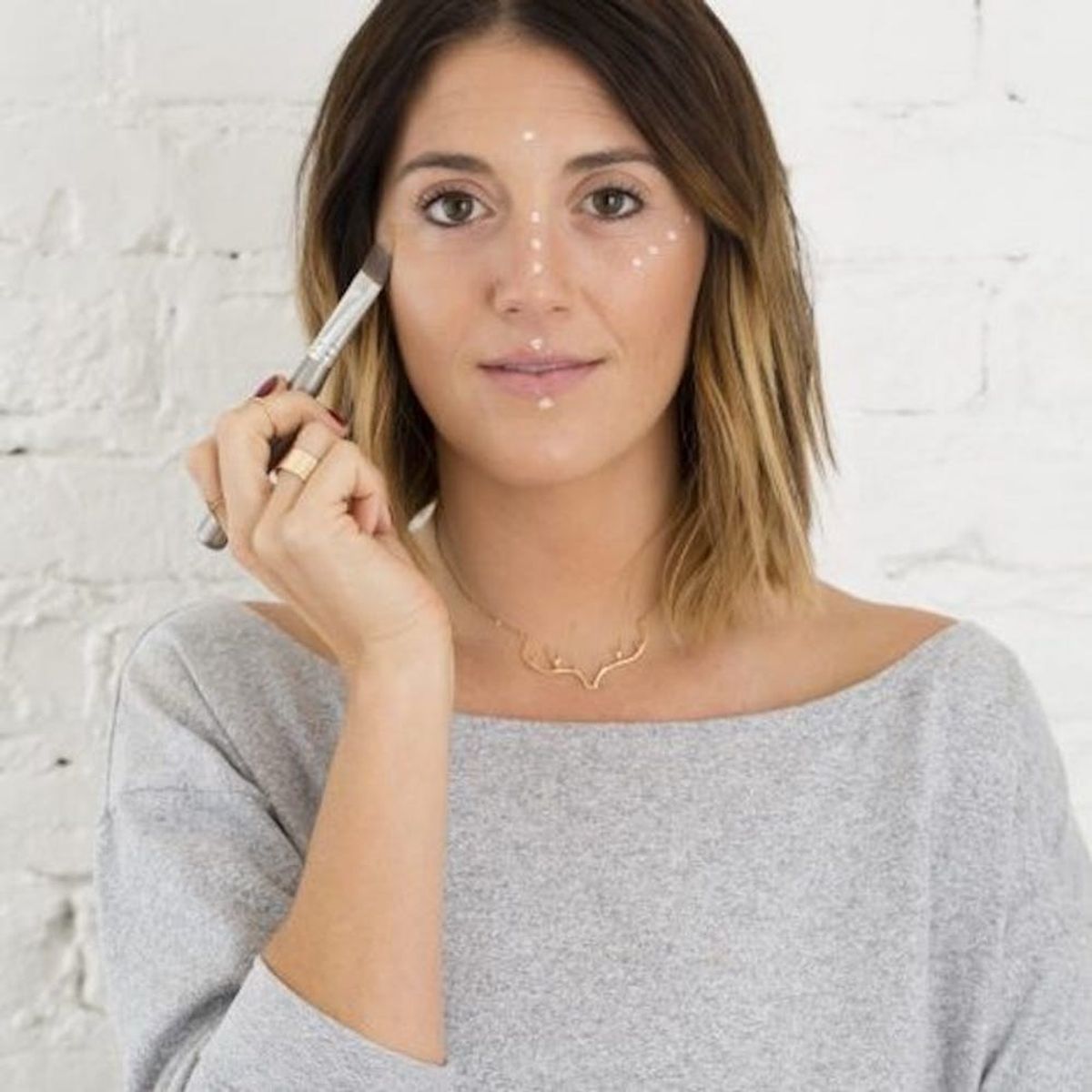If you want your makeup to last, read this first.
Do You Really Need Both Primer and Setting Spray?

Regardless if you’re a makeup whiz or a novice, the goal is always to create your look and have it stay put, exactly as you applied it, until you’re ready to take it off. But what’s the best way to achieve this? In order to decide whether or not you need to sandwich your makeup between two products — primer and setting spray — you need to know how each one works. Scroll on for expert advice about your first and last step in makeup application.

1. Know the purpose of primer. According to makeup artist Ashleigh Ciucci, primers serve many different purposes. “Tinted primers will color correct, mattifying primers help oily skin types minimize sebum production [the amount of oil that skin produces] throughout the day, and shimmering primers help boost dry skin,” says Ciucci. Sona Gasparian, makeup artist, beauty blogger, and founder of Pérsona Cosmetics, emphasizes that primers help create a smooth, even canvas before you apply your makeup. “A good primer is the key to giving your makeup a flawless base, and it helps your foundation stay put for a long time,” she says. “I apply primer with my fingers to really make sure the product covers the areas where I have larger pores. This step preps my skin for applying foundation and gives my face a flawless, airbrushed look.”
2. Understand how setting spray works. Setting sprays lock in makeup so it lasts longer. Some setting sprays contain polymers that when misted fuse your makeup together, creating a long-wearing bond, while others are more hydrating and help eliminate an over-powdered finish. Gasparian notes that some primers like the Urban Decay All Nighter Makeup Setting Spray ($32) have the ability to lower the temperature of your makeup so that it doesn’t melt off — precisely what you’ll need once summer arrives.
3. Choose the right formulas. The formula you’ll want to use will vary depending on what other products you’re applying and your skin type. “When dusting on powder foundation, avoid hydrating or shimmery primers because the powder will grip unevenly and can turn a little sludgy,” Ciucci advises. Instead, choose a pore-refining or mattifying primer like Dr. Brandt Pores No More Pore Refiner Primer ($45) before powder foundation, and set with a hydrating mist to avoid a chalky appearance. Gasparian says, “You have to find a primer that fits your skin type. If you have oily skin, get a primer that will mattify your skin. If you have dry skin, make sure to use a hydrating primer so that your foundation doesn’t crack on your skin.”
4. Learn how to layer the two. Be conservative with your application of not only the primer and setting spray, but also the other makeup products you use. “Less is definitely more when it comes to combining several steps in painting a face. A pea-sized amount of primer (or foundation for that matter) is all you need and two to three pumps of mist will suffice,” Ciucci advises.
5. Do you really need both? For everyday wear, probably not. “Consider primers and setting sprays as the fun accessories you add to your makeup wardrobe every once in a while. They’re not necessary for day-to-day but can boost the outcome for special occasions,” says Ciucci. “Unless it’s a major event, you’re probably good with one or the other.” Both Ciucci and Gasparian agree that if you have to choose one over the other, primer is the preference. “My theory is that good makeup begins with good skin, so if you’re prepping your skin and using the right amount of the right products, you should avoid the makeup meltdown that setting sprays are meant to prevent anyway,” Ciucci says.
Looking to up your makeup game? Follow us on Pinterest for more beauty tips and inspo.
Brit + Co may at times use affiliate links to promote products sold by others, but always offers genuine editorial recommendations.
(Photo via Bernard Osei/Unsplash; featured photo via Brit + Co)



















